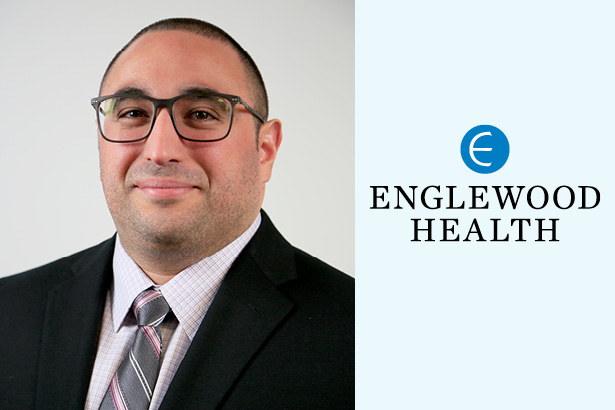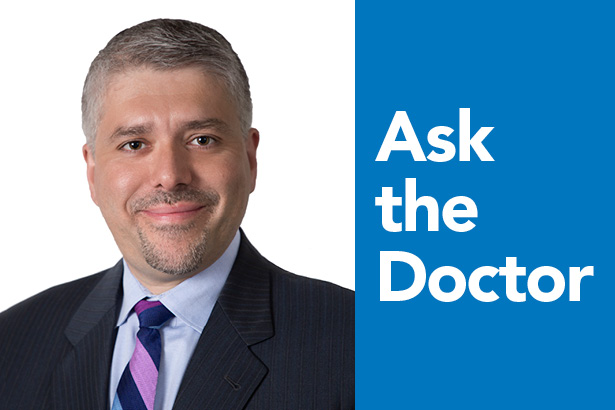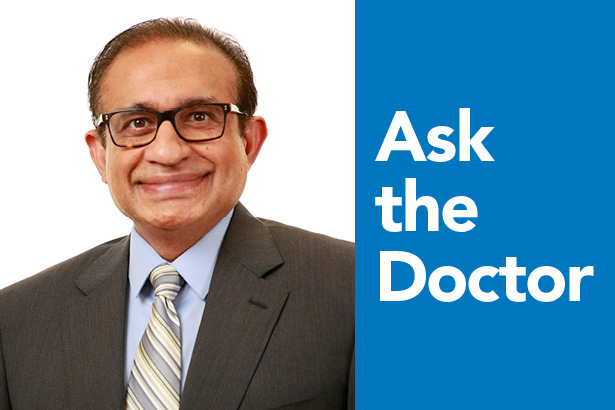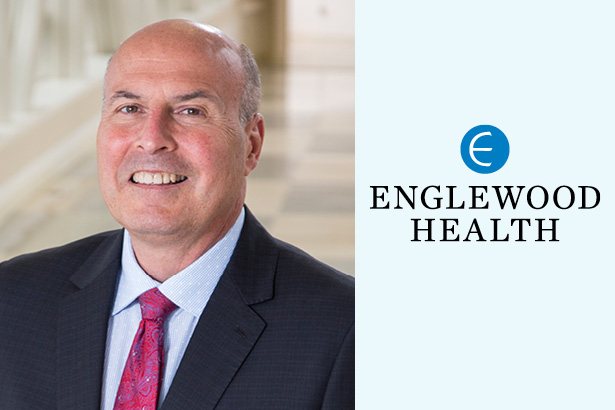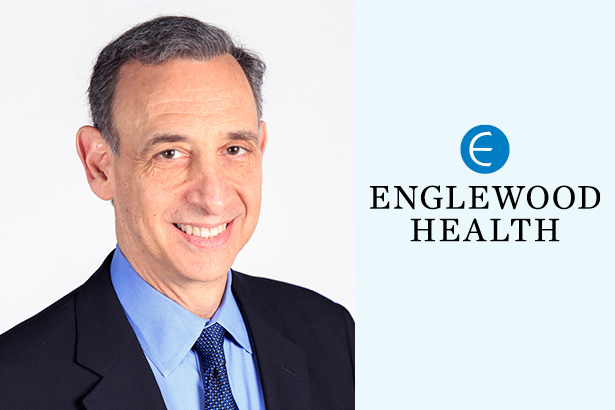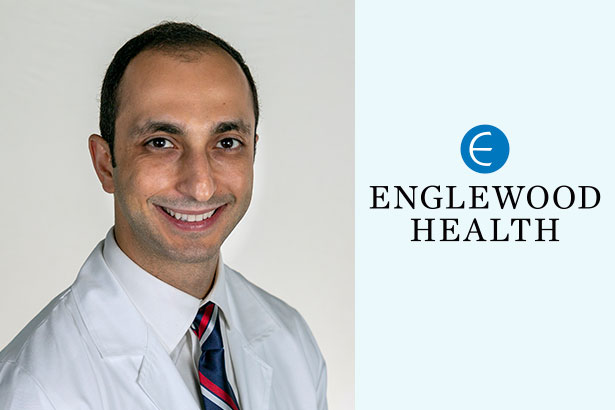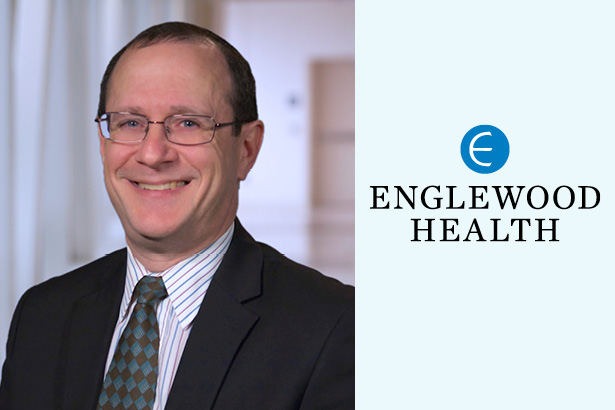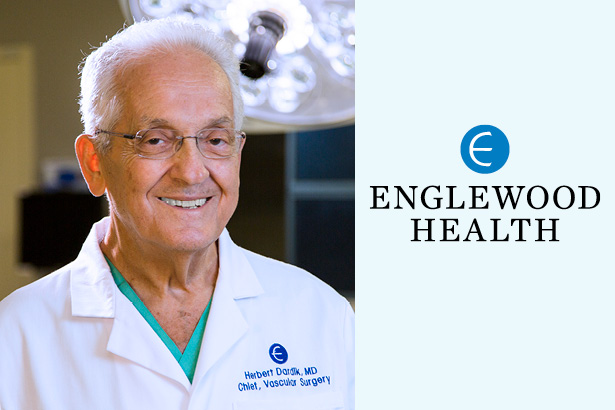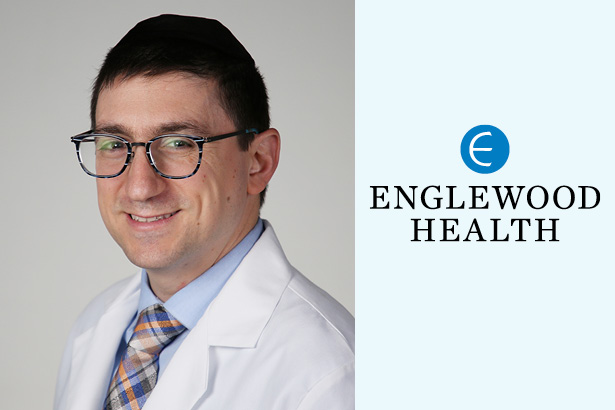A recent U.S. study that followed 36,375 adults over the course of 27 years has yielded new findings that may affect the treatment of low-risk cardiovascular patients.
None of the individuals in the study had a history of heart disease or diabetes, and all had a low 10-year risk for events such as heart attack or stroke. Most had levels of what we call “bad” cholesterol that would not be considered significant enough to warrant a prescription for a cholesterol-lowering medication such as a statin.
Over the course of 27 years, 1,086 of those in the study died of cardiovascular disease, and 598 died of coronary heart disease.
What does this mean exactly? It means that there is a segment of the population whose cholesterol levels do not qualify them for a statin prescription, but whose moderate levels of “bad” cholesterol will result in cardiac death all the same.
You may wonder why a moderate cholesterol problem couldn’t be solved through diet and exercise. Unfortunately, while diet and exercise can help mitigate cholesterol issues for many people, some people have a genetic predisposition to high cholesterol.
“You can always minimize the effects of your genetics through diet and exercise. But for some people, no matter how meticulous they are with their diet, and no matter how much time they spend in the gym, their cholesterol levels are going to be problematic,” says Christopher Di Giorgio, MD, board-certified cardiologist in the Englewood Health Physician Network.
Cholesterol management is a complicated and often misunderstood aspect of human biology. According to Dr. Di Giorgio, a common misconception is that having cholesterol in your system—at any level—is bad for you, when in reality cholesterol serves an important purpose. It is responsible for keeping the blood moving smoothly.
“Just as your car needs oil,” says Dr. Di Giorgio, “your heart and blood vessels need cholesterol. Problems arise when the components of your cholesterol are not present in the right quantity and quality.”
Cholesterol is transported through the blood attached to complex particles called lipoproteins. There are two main types of lipoprotein: high-density lipoprotein (HDL) and low-density lipoprotein (LDL). When you hear doctors refer to “good” cholesterol, they mean HDL; when they refer to “bad” cholesterol, they mean LDL.
Keeping cholesterol levels healthy means keeping the “good” (HDL) cholesterol levels high and the “bad” (LDL) cholesterol levels low.
The function, and malfunction, of cholesterol in the body is the subject of much ongoing research—especially as there is still no consensus on what exactly makes cholesterol “good” or “bad” for you.
“A person’s cholesterol is the result of a combination of genetic factors (which are non-modifiable) and dietary factors (which are modifiable),” says Dr. Dr. Giorgio. “Dietary recommendations depend on the type of cholesterol. For high triglycerides (a type of fat found in the blood), for example, the recommendation is low carbs (and brown carbs, such as whole wheat products, are better) and minimal refined sugars. For high LDL, the recommendation is to reduce foods high in saturated fats.”
The information gathered during this study doesn’t answer the question: For whom are statins appropriate? We know for certain they are appropriate for patients whose cholesterol levels pose a clear and present danger to their health. But what about those whose levels pose a clear but perhaps distant danger to their health?
Studies such as this one are important because they ask whether there are better and more efficient ways to serve patients over their lifetime, and they acknowledge that our understanding of biology is constantly evolving.
Posted September 2018

